Question: I am interested in buying a lab created diamond. Could you explain about diamond color? Is there any difference between lab created diamond color and natural diamond color? TIA, Best best, JJ
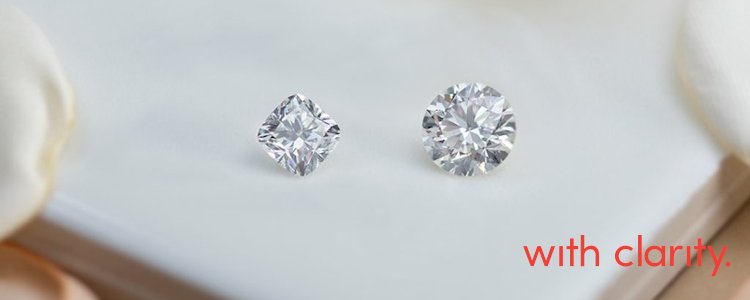
Hi JJ
Great question. Thanks for sending it in. Lab diamonds and mined diamonds do have many similarities. The first, as you may know, is that they are both grown in extreme conditions. Natural diamonds are formed by geological forces within the earth and lab diamonds are formed in high-pressure high-temperature environments in a laboratory. The optical, physical and chemical composition are the same. This makes it impossible to differentiate between a lab created diamond and an earth created diamond based on eye reckoning alone. Special machines run by trained specialists is what’s required for this.
The same four C’s – color, cut, clarity, and carat are used to assess the quality of diamonds, whether lab grown or earth made.
I’ll start with some basics and then go into more nuanced differences between mined diamonds and lab diamonds.
Let’s begin by going some of the basic concepts regarding diamond color grading.
Color Grades of Lab Created Diamonds at IGI
I’m sure you know by now that both natural and laboratory grown diamonds come in a variety of shapes, a range of sizes, and a slew of different colors. Many people when writing about diamonds, in novels, for example, talk about “white diamonds”. This is a little bit of a misnomer as what people think of as “white diamonds” are in fact, ideally, completely devoid of color. The less color a diamond has, the brighter it looks. –Provided it is cut to the right specifications. As diamonds are rarely 100% devoid of color, grading labs, such as IGI, grade diamonds on a scale from D to Z.
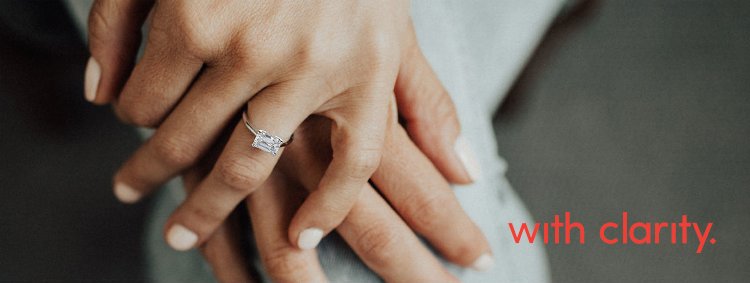

The International Gemological Institute (IGI) (established in 1975) has facilities around the world where they independently verify lab diamonds, grading them according to cut, clarity, color, and carat.
IGI grades the colors of the diamonds sent to their labs using a graded color scale. The less color a diamond has the higher the grade it will be given. Less color generally equals more sparkle and brightness! Color grading runs from D (colorless) to Z (a noticeable hue). The hue can be yellow, grey, or “bluish”. Let’s explore the lab created diamond color chart and find out more about the grades:
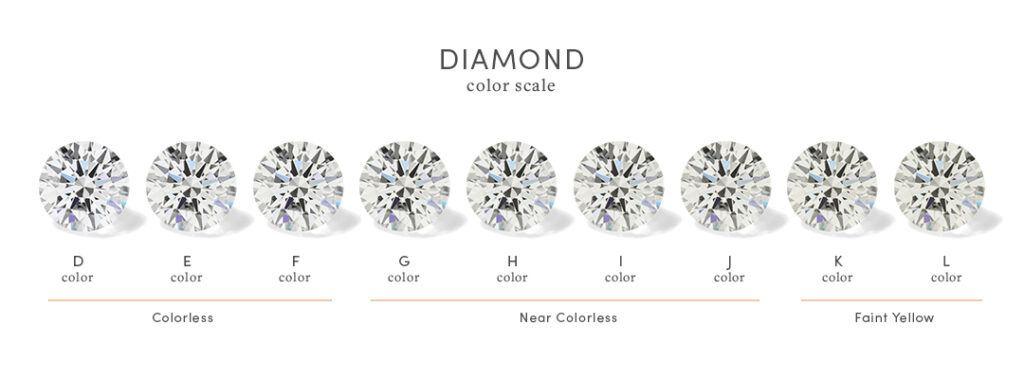

Color Grades from D to Z:
When looking at a diamond, your eyes may notice something that makes a diamond look slightly dull or unclear. It may be just a vague impression of something being a little off. When a diamond is subpar, your eyes may pick up on something that you can’t quite put your finger on. Something is detracting from the diamond’s ideal beauty. That detraction can either be a problem with the cut, a problem with clarity, or, as we will cover in this article, the diamond’s color. Ideally a diamond should have an absence of any colored tint in the diamond. The tint, or hue to be more specific, is most often yellow, sometimes brown or green, though it can be just about any hue. Color is graded on a scale (established by GIA) that ranges from D to Z. Grades beyond Z count as fancy colors, which have proven to be well liked and this has resulted in these stones commanding a premium. In general, the higher the color, the rarer and therefore more expensive the diamond.
Color grades are measurements of the level of color. But there can still be variance between two stones of the same color grade. So a diamond that has more color than a G but less than an H, for example, would, according to the discretion of the lab technician, be graded as a G color because it is better than H and falls in the G to H range.
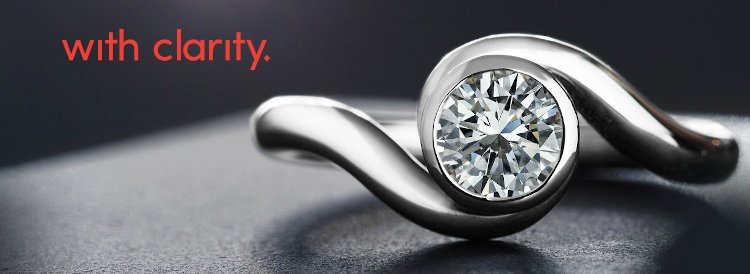

D Color Diamonds
The highest color grade available. A ‘D’ grade color lab diamond is completely colorless. The diamond will not show signs of any color, even when examined via magnification.
So given that the scale goes from D to Z, D is the highest or rarest and most expensive diamond color. A D color diamond has no visible tint of color whatsoever. This is the most prized or valuable diamond color in the world. It is considered colorless, but industry trade terms. There are no eye distractions that impede the diamond’s light performance and sparkle. The white color make the diamond look absolutely stunning and desirable.
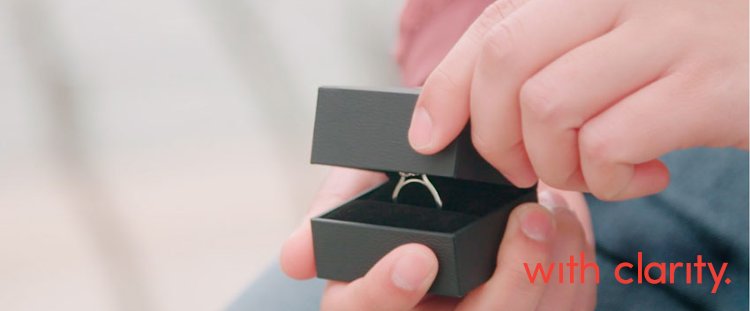

The D color diamonds are for perfectionists. While not required for a beautiful stone, people who must have the highest color will prefer D colored diamonds. It’s always important to remember that a D color diamond’s price may affect the other attributes such as cut, carat, and clarity. If you’re okay with reducing to E or F (which are also colorless), you can maximize the other attributes further to strike a balance. If that isn’t an issue for you, then certainly a D color diamond is unquestioned.
E Color Diamonds
Almost as perfect as grade D diamonds, Grade E & F diamonds look colorless to the naked eye. Gemologists due to their extensive training and experience stand a much higher chance of being able to tell the difference between D, E, and F. The average jewelry buyer on the other hand is extremely unlikely to be able to do so. I’m so certain that the average consumer won’t be able to tell the difference that I can say with confidence that a person who is untrained in color grading yet claims that they have successfully identified the color grade of a diamond (without context) is not going to be able to repeat the exercise. It would have been a fluke.
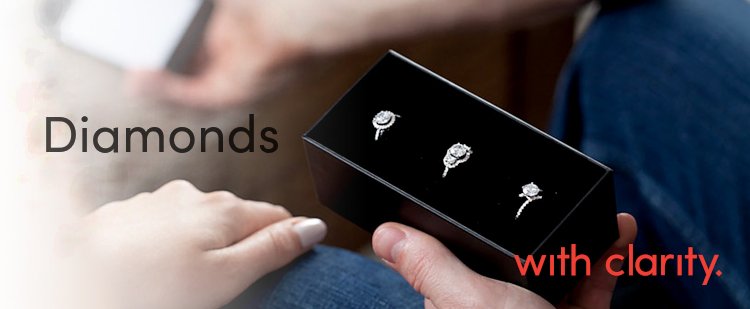

The E color diamond, counter-intuitively, falls in the colorless range of diamonds. It is very rare for a diamond to exhibit such a low level of color, so this color also results in a significant premium. The color is not visible to the naked eye and the difference between E and D is almost undetectable, especially once set in jewelry or engagement rings. E color diamonds represent less than 1% of all the world’s diamonds and are premium gem quality.
F Color Diamonds
The F color diamond is the last quality in the range known as “colorless”. It has an unnoticeable color tint that affects the diamond’s sparkle. It is an excellent balance of the highest quality range and value. F color diamonds are for those that truly value the importance of a colorless diamond, while still being able to increase the other attributes such as cut, carat and clarity. F color diamonds look stunning. They are right up there among the best and brightest.
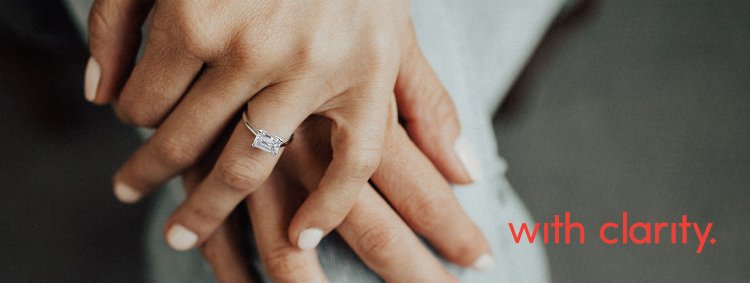

The difference between the D, E, and F colors is really quite small. On an electronic colorimeter, the score for D to F would be between 0.00 and 1.49. As a customer, you should feel great about any color in this range because your diamond will not have colored distraction the block light penetration and reflection.
Grade G to J
These diamonds show a minimal amount of color but it’s still more than you’ll notice from the D to F color grades. It can affect the diamond’s sparkle. Coloration of a diamond is typically the result of chemical impurities found naturally within the diamond during its growth process. Most often, especially when set in engagement rings or other jewelry, your eyes will not even see the color in the diamond, but the lower color grades cause a slight dimming in the stone’s brightness. The absence of color is the most desired way to see a diamond. The less the shade or tint of color, the rarer and more valuable the diamond becomes. Generally, the differences in color are quite small, but the changes in pricing are quite large. The difference in price ranges from 10-15% between each color grade, all else being equal.
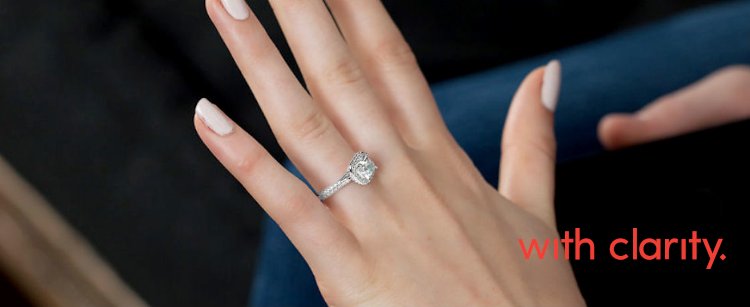

Grade K to M
Grade K to M diamonds have a faint tint – you will see a pale-yellow hue if you look carefully. These diamonds can still be pretty and an optimist would just say they have a “warm tone”. But they are not considered high quality. For this reason many jewelers only carry D-K colored diamonds, whether natural or lab created. It is rare to find L-M diamonds. These usually have to have a very special and precise cut to make them sparkle well enough to be of interest.


The Gemological Institute of America established a range of colors on a scale from D – Z. D is the highest with no visible color and Z is light yellow. It is not a requirement that every diamond be colorless. In fact, because the colorless range is so rare it really carries a substantial premium. That’s why is it less popular than the near colorless range, which are colors G, H, I and J.
Lab Created Diamonds’ Color Differences
There are two main ways that laboratory created diamonds are made.
One method is High Pressure High Temperature (HPHT), and the other method is Chemical Vapor Deposition (CVD).
In 2016 GIA published some statistics on the colors of the CVD diamonds that had been examined since 2003. They reported that among D-Z diamonds grown with the CVD method:
- 21% in the D–F range,
- 67% were in the G–J range
- 10% in the K–N range
- 1% were O to Z range
These percentages had not shifted dramatically over time.
Based on spectroscopic analysis GIA analysts believe that CVD diamonds are subjected to HPHT treatment after growth to reduce color.
CVD diamonds when of a lower color grade exhibit yellow or brown and HPHT treatment post growth is (presumably) used for improving the color grade.
Diamonds which are made with the HPHT method (no post growth treatment) tend may look gray or bluish if they show any color.



Send in your question
Hello reader,
If you are looking to buy any type of diamond jewelry online you are welcome to send in any questions you may have.
As an affiliate of the some of the world’s finest jewelers I am motivated to find the right purchase that is perfect just for you. Every person has specific needs and every jeweler has specific areas in which they excel.
Please use your preferred contact method.
If you do not receive a response within 48 hours possible reasons include: my response has ended up in your spam folder; your inbox is full; you did not include a correct reply address. The best thing after a 48 hour delay is to try again, maybe using a different contact method.


Thomas J Stevens GIA DG CSG


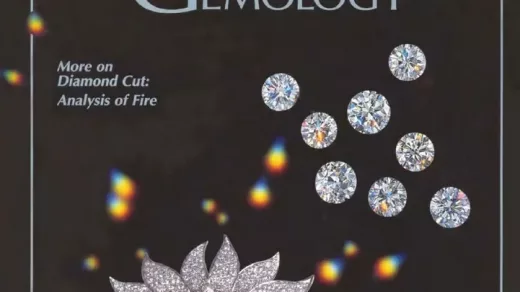

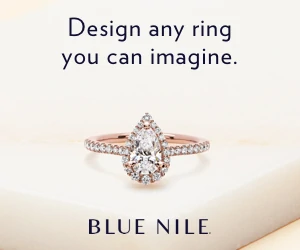
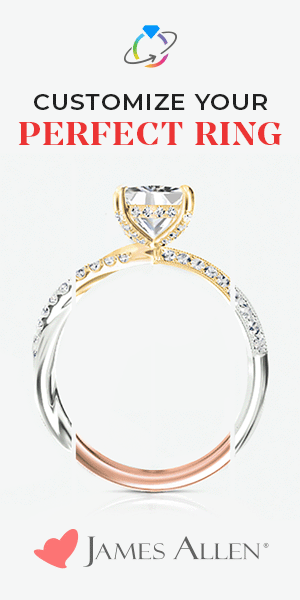
learn something new every day.